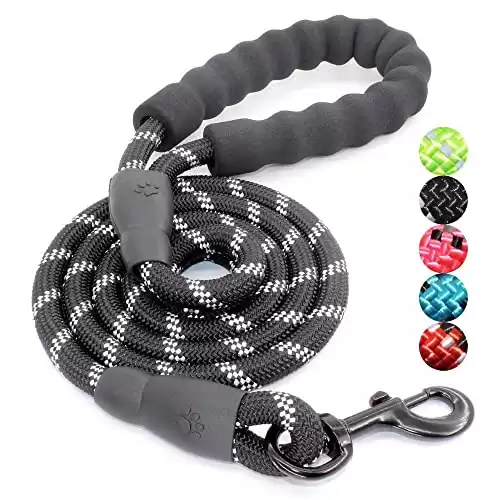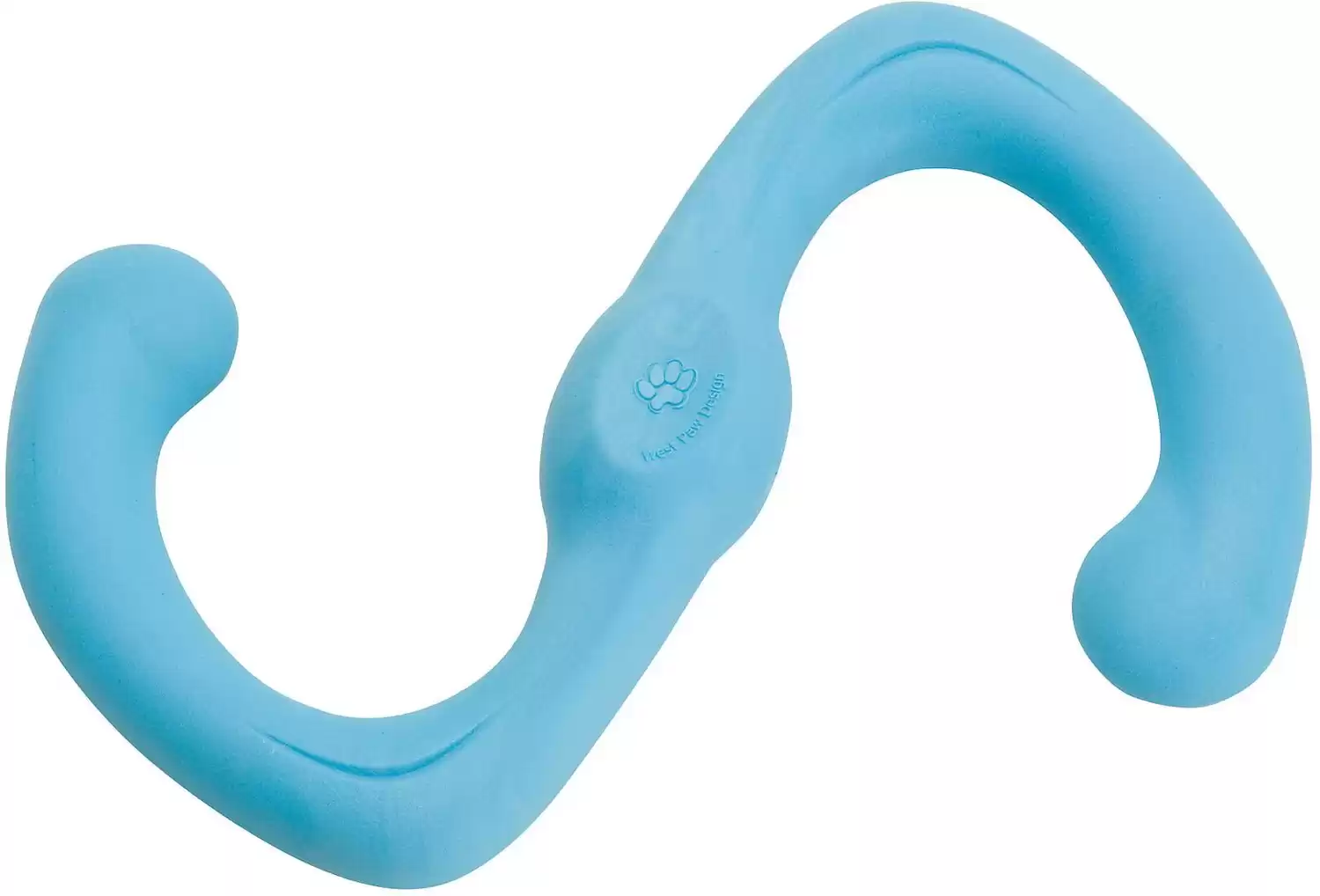Preparing For Your Puppy: Training Tools
The first step is to ensure that your adult dog is up to date on their vaccines. Puppies that aren’t entirely up to date with their vaccines shouldn’t come in contact with unvaccinated dogs. There are illnesses that they can get that might not be life-threatening to an older dog but is to them.
Before you pick up your puppy, you should have a plan for introducing them and the necessary training tools for the introduction. There are a few items that we suggest you get for new puppies. These tools will assist in an introduction and day-to-day training for your new pet.
Howdy Crate
Howdy Crate is a term zookeepers use when introducing new animals to an exhibit. They place the animal inside the habitat in a crate, allowing the animals to interact with each other. It keeps the animal safe and allows a more controlled environment when introducing them to each other.
Crates are also a fantastic tool when potty training your puppy. Overall, the Crate works as a great safe space for your dog to retreat to when they are overstimulated or would like some much-needed alone time.
- Very easy access
- Can be used for travel, airline approved
- Perfect for training
- Features lots of ventilation holes
Training Leash
Make sure you purchase a reliable leash for both of your dogs. A dependable leash is a great training tool for introducing your dogs. The leash should be a sturdy material that makes controlling your dog easier when you need to separate them.
- Made from mountaineering rope
- Chew-resistant and durable
- Available in various colors
- Features very comfortable soft padded handles
Treats & Training Pouch
Purchase a training treat pouch that you can fill with a low-calorie, high-value training treat. Pouches are great for when you are training, for you to access an immediate reward for their excellent behavior. Dog trainers recommend a bag that you can hide in your clothes. Your pet will learn to search for the bag and clock the source of treats instead of watching you. You want your dog to think you produce the treats, not the bag.
You can even sneak a clicker into the pouch for quicker response when they exhibit the desired behavior. As your pet does the command, you want to click the clicker and give the dog a treat. Your dog will start associating the sound with “good job,” reinforcing the behavior.
Meet On Neutral Territory
Could you imagine sitting on your couch relaxing, and then a random person you have never met comes strolling into your home, touching your stuff, and jumping on your furniture? That would freak you out and make you pretty upset, right? I like to think of dog meet and greets like that. Your puppy is a new and foreign dog. Walking them into your home to meet your pup, who has spent their entire life living there, might make them a little territorial and create anxiety for your adult dog.
When selecting a place to meet, take them to a neutral place like a local park, a friend’s house, or a gated field. A neutral zone will make it easier for them to meet without worrying about your older dog reacting territorial of your home. Remember when selecting a place if your puppy is not up to date on vaccines, don’t bring them to a place where unvaccinated dogs could be.
It would be best never to let them first greet each other in an excited state. If they are pulling at the leash, barking, or running around like crazy to greet each other, wait to approach each other. You want to introduce them when they are calm.
Parallel walking
When they first get to the neutral place, you want a helper. One person should move several yards away with one dog and you with the other. Walk parallel to each other, leaving a space of a few feet between each other when you walk. If one of the dogs reacts excitably, you want to stop, turn around, walk the other way until they compose themselves, and then try again. While they are walking, practice switching who is in the lead. Start with the older dog, and then you can lead with the puppy afterward. When you can pass each other a few times without a reaction from your older dog, you can let them greet.
It’s essential to know your older dog. Is your dog reactive on a leash towards other dogs? Start with introducing them between a fence with your older dog on a leash for safety, with the leash dropped. Has your dog reacted aggressively towards puppies in the past? Then it’s best to get a certified dog trainer to help you with introductions.
If you know your dog is comfortable and nonreactive on the leash, take them into a gated area and let them first great on a leash. When you do this for a few minutes and don’t notice any concerning body language like raised fur, growling, or tail tucking, let the puppy go to say hello, and keep the adult dog on a leash. Leashing the adult dog allows the puppy to interact with the older dog safely, and if they need to move away because they get scared or nervous, they can do so easily.
Training
Training is a perfect way to get your older dog and puppy used to each other without focusing on each other. With your training treats, enlist help from a second handler to have one of you training with your older dog and another person teaching your puppy basic commands. When giving them treats, it’s best to keep them separate and watch out for one of them stealing the other’s food. If you notice any signs of aggression when food is present in their interactions, stop the training and consult with a trainer or behaviorist for how to proceed without causing food aggression.
- Made with only six wholesome, natural ingredients
- Don’t contain corn, wheat, or grains of any kind
- Comes in resealable bags
- High-protein snack for all types of dogs
Bringing Your Puppy Home
Howdy Crate
When bringing your older dog home, make sure the puppy is inside the house first, waiting for the older dog. You don’t want to walk them in together. When bringing them home, use your Howdy Crate! Place the puppy in the Howdy Crate in a shared room like the living room, and keep the older dog outside until they are in the crate. This interaction will allow the older dog to get used to the puppy in a controlled setting.
Keep A Toy-Free Zone
Remove all of your dog’s favorite toys and high-value items for the next few weeks before letting your puppy out of the crate and into the shared space. It will prevent a common behavioral problem called resource guarding. It will already be stressful for your older dog to share their home with another dog, so it’s important to set them up for success. When you introduce toys, please encourage them to play together with things like tug toys and always supervise them. Make sure they don’t try to steal the other’s toy or dog chews and have their own high-value item to prevent resource guarding. When they are playing with a toy, it’s best to keep them on separate sides of the room from each other and always feed them in different rooms.
- Designed and made with Zogoflex
- Incredibly lightweight
- Recyclable and floats in water
- Dishwasher safe
Give Them Their Own Space
It would help if you praised your older dogs for initiating interaction with your puppy. You want to encourage them to walk up to smell them or sniff them. They can take their own space if they need a break. Keep a room in the house with another dog crate filled with toys and bedding. Let them into that room if they need space.
The puppy should also have a crate somewhere in your home in a separate space from your older dog. Put them in it when they get overstimulated or start nipping aggressively at you or your other dog. Allow them time to calm down, and give your older dog a break from the high-energy puppy.
Always Supervise Them Together
A young puppy and older dog should never be left alone in a room together unsupervised for the first few weeks, especially with toys in the room. Keep an eye on them when they are together to ensure that your puppy doesn’t overly agitate your older dog.
It’s okay if your older dog lets out a warning growl or snaps at your puppy if they are climbing all over them or nipping at them. A puppy’s mother will correct the younger dog’s behavior to teach them bite inhibition when they are younger. When your dog warning snaps at the puppy, it’s their way of communicating, “Stop!”
If your older dog shows signs of escalated aggression, baring teeth, raised hackles, or lunging to bite, you should intervene. If you notice your dog becoming overstimulated by the younger dog, separate them and allow them both to cool off.
It’s best to correct the situation before your dog takes matters into its own hands. If you notice them becoming agitated, clap your hands loudly or call one of the dogs over to you to stop the situation. Teach your older dog that they can rely on you to handle these situations and not be reactive.
Stick To A Routine
It can be challenging for an older dog to adjust to another housemate, especially if the housemate is a boisterous puppy getting a lot of love and affection for being cute. It’s easy for them to get jealous of all the attention and, in some cases, depressed. That’s why you should create an inclusive routine and stick to it.
Dogs rely on a routine for day-to-day life, and it can be hard for them to adjust to change, unlike a puppy who is learning how the world works. If you go for daily walks with your older dog, take them together. Ensure that you give your older dog attention and plenty of pets to let them know that you still love them!
Go Slow
It’s essential to go slow when introducing them together and establishing a routine. Don’t rush the process. Let your puppy and adult dog find their way in how they can happily co-exist together. Watch for problems, and be quick to address them when they arise. Suppose one of your dogs starts to show aggression toward the other, resource guarding or food aggression. In that case, for the safety of your pets, consult with a Boarded Behaviorist or Certified Trainer for guidance. Severe aggression training should always be guided by a professional to ensure the behavior doesn’t worsen.
The photo featured at the top of this post is © ValSN/Shutterstock.com
Ready to discover the top 10 cutest dog breeds in the entire world?
How about the fastest dogs, the largest dogs and those that are -- quite frankly -- just the kindest dogs on the planet? Each day, AZ Animals sends out lists just like this to our thousands of email subscribers. And the best part? It's FREE. Join today by entering your email below.
Thank you for reading! Have some feedback for us? Contact the AZ Animals editorial team.










